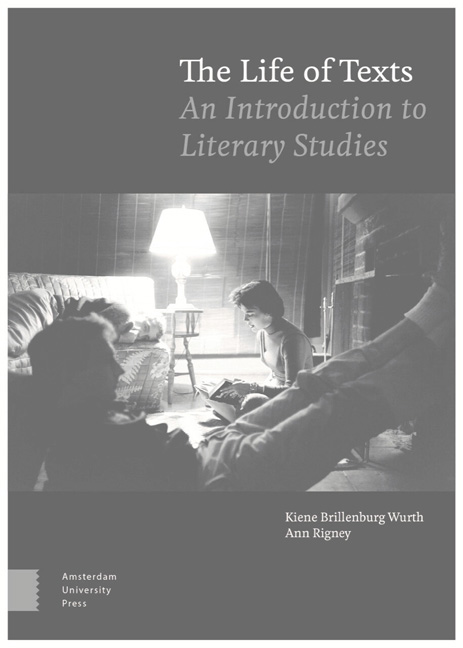7 - Meaning and Interpretation
Summary
Introduction: Interpretation and meaning-making
Looking for meaningful patterns, and giving meaning, is what literary studies shares with philosophy, theology, historiography, and politics – as well as with our everyday lives. Looking for meaning is looking for connections, relations, differences, and recurrences. We all do it, every day, on different levels, consciously and subconsciously, perceptually and cognitively. On a minimally cognitive level we already give meaning to the world around us by shaping our ‘raw’ perceptions into an image or a sequence. Filtering the manifold of impressions around us and processing these impressions into experiences is an act of meaning-making in itself: such impressions thus become meaningful. We then render these experiences comprehensive by comparing or connecting them to other experiences. This is how they are placed within a certain order and perspective. Indeed, as we will see in this chapter, we can only live and understand the world around us within the bounds of such a perspective or framework.
However, giving meaning to everyday life is more than making sense of our impressions. We make sense of our lives in more complex ways through the stories we create about ourselves and the world around us (compare Chapter 5 on narratology*). We search for meaning when we go through painful or trying experiences. In times of crisis we like to believe that suffering, fear, uncertainty, or depression, will be meaningful: that we will come out better, stronger. Sometimes, however, in the case of war, genocide, famine, or natural disasters, the horror can be so huge and incomprehensible that every attempt at meaning-making seems inadequate (we discuss such instances in Chapter 9).
Meaning not only matters in our personal but also in our shared, social lives. We live with meanings that we take for granted and depend on in our encounters with others. Social classes or groups have certain codes, and knowing these codes allows us to make sense of behaviour. Knowing these codes, and hence knowing how to interpret (and mimic) behaviour allows us to be part of a group. Such codes pertain to language as well as clothes, attitudes as well as appearances. Cultures, indeed, differ from each other because of the different meanings that they give to appearances, behaviour, or objects. A dress may look the same but mean something subtly different in different cultures.
- Type
- Chapter
- Information
- Life of TextsAn Introduction to Literary Studies, pp. 241 - 272Publisher: Amsterdam University PressPrint publication year: 2019



